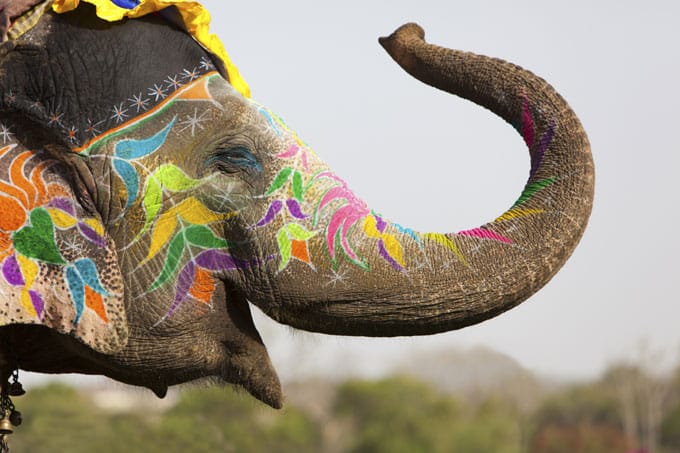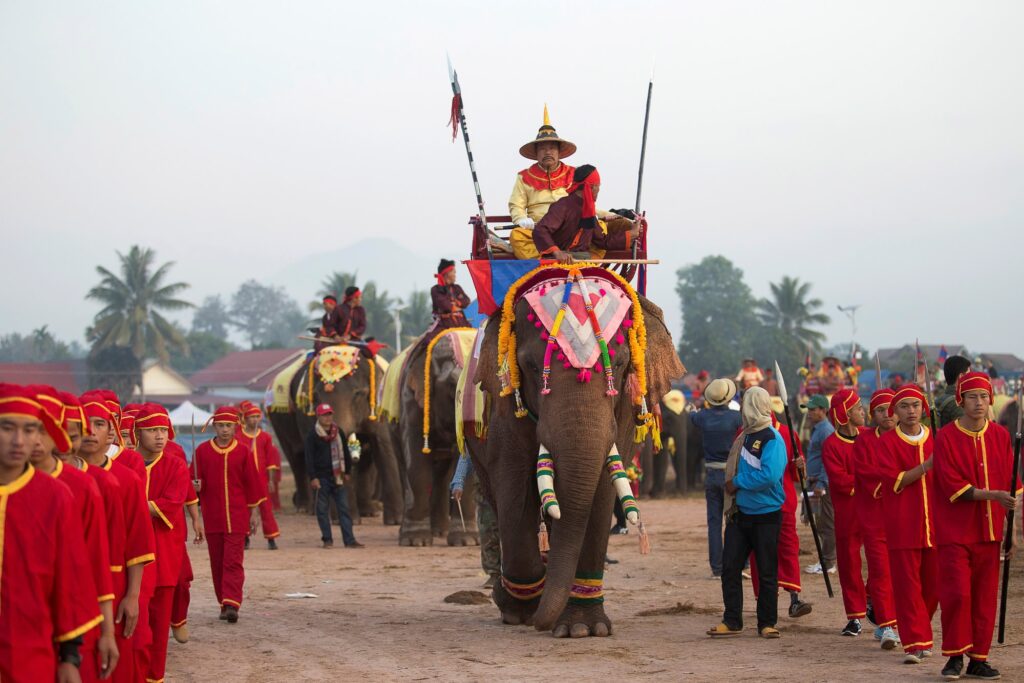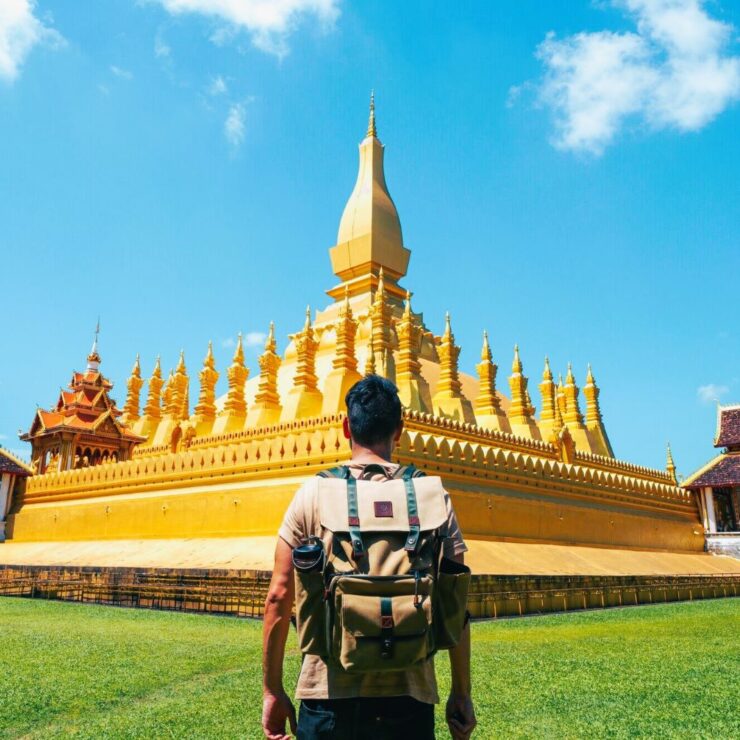Xayaboury 지방의 연례 코끼리 축제는 2월 12일부터 18일까지 개최되며, 라오스의 Visit Laos Year 2024 관광 캠페인과 맞물려 진행됩니다. 부지사인 Phetphixay Sounvilay 씨는 17번째 코끼리 축제에서 활기찬 거리 시장, 문화 쇼, 콘서트, 코끼리 서커스 공연, 스카이다이빙, 미인 대회 등 다양한 활동이 제공될 것이라고 밝혔습니다. 방문객은 코끼리와 상호 작용하고 먹이를 줄 기회를 갖게 됩니다.

축제 기간 동안 매일 다양한 이벤트가 열리고, 참석자는 지역 마을을 탐험하고 전통 문화 공연을 즐길 수 있습니다. 게다가 축제 경험을 더욱 풍부하게 하기 위해 코끼리 그림 대회가 열립니다. 많은 사람이 모일 것으로 예상되어, 홈스테이, 호텔 또는 게스트하우스에서 숙박할 곳을 찾을 수 없는 사람들을 수용하기 위해 호웅 강둑에 텐트가 설치됩니다.
당국은 또한 레스토랑, 호텔 및 기타 관광 관련 서비스에서 일하는 직원에게 청결 및 안전에 대한 추가 교육을 제공할 계획입니다. 그들은 방문객 만족을 보장하기 위해 합리적인 가격을 유지하는 것을 목표로 합니다.

코끼리 축제는 라오스 방문의 해 달력의 하이라이트 중 하나입니다. Xayaboury는 현재 1월 7일-12일에 Boun Kong Khao Yai 축제(쌀 축제)를 개최하고 있습니다. 매년 Phieng 지구에서 열리는 이 축제는 이 지역의 성공적인 쌀 수확을 기념합니다. 이 축제는 이 행사를 위해 특별히 만들어진 쌀 더미로 유명합니다. 또한 쌀을 기리는 Baci 의식, 자선 행사, 미인 대회가 열립니다. 방문객은 스포츠 경기, 지역 민족 집단의 공연, 맛있는 요리를 선보이는 요리 대회도 즐길 수 있습니다. 게다가 Tongleuang 민족 집단의 라이프스타일, One District, One Product 이니셔티브에 따라 만들어진 제품, 쌀 기반 제품에 대해 알아볼 기회도 있습니다.
루앙프라방 투어
라오스 북부에 위치하고 비엔티안에서 약 300km 떨어진 Xayaboury는 29개의 지정된 자연 기반 사이트, 12개의 문화적 랜드마크, 6개의 역사적으로 중요한 위치를 포함하여 다양한 명소를 제공합니다. 이 지방은 라오스 내부와 주변 국가에서 쉽게 접근할 수 있습니다. 또한 놀라운 생물다양성을 자랑하는 국가 보호 구역이 있습니다.




